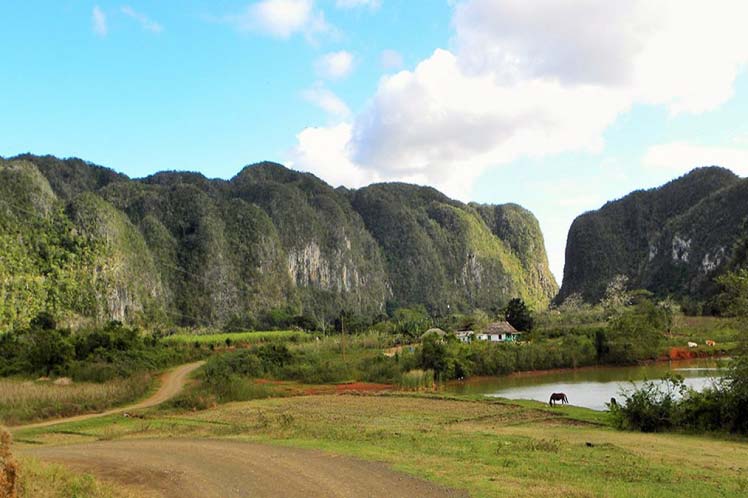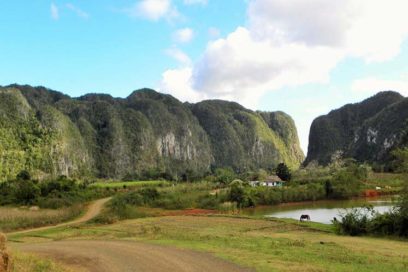
The constant demand from travelers from all over the world to visit the western Cuba, particularly the Viñales Valley, has raised authorities’ concern about the need to improve the region’s protection.
Viñales, due to its one-of-the-kind characteristics, has become a favorite destination for natural entertainment, mainly for foreign holidaymakers, a situation that can become a potential danger to the preservation of its landscape exclusiveness and native wealth.
The article added that Viñales is an emblematic territory in Cuba and the world.
It is a particually pleasant scenario where the valley and its town, declared a National Monument in 1978, Protected Area in 1998, Humankind’s Cultural Landscape in 1999 and designated a National Park in 2001, are designed to be in total harmony.
Juventud Rebelde recalled that although this declaration was a tribute and pride for the country, as it was the first area in Latin America to get that condition, the risks that a paradisiacal site like this would attract international attention were never ignored.
Tourist arrivals in the Viñales Valley have increased, to the point that statistics from the Ministry of Tourism (MINTUR) show that more than 700,000 tourists visited that destination in 2016 and 600,000 did so in 2017.
The town was prepared to receive more holidaymakers every season, and it currently offers about 2,300 rooms for rent, 130 private restaurants known as ‘paladares’, and 5,000 self-employed workers in four hotels.
These statistics were provided by the president of the People’s Power Municipal Assembly, José Antonio Valle, who is convinced that protecting is a top priority.
From the moment that the site was registered by United Nations Educational, Scienfici and Cultural Organization (UNESCO), some recommendations were made to protect the site.
The vice-president of the National Heritage Council, Nilson Acosta, highlighted recently the need to take into account the possible effects of tourism.
Acosta explained that since 2000, the country has proposed to expand the accommodation capacity of the existing facilities instead of constructing new buildings.
However, the expansion of self-employment, and the fact that Pinar del Rio has no tourist resorts as such, compared to Matanzas (where Varadero Beach is located) or Holguin’s northern Holguin region, has raised general interest for Viñales, he said.
Hence, people from outside the territory began to create facilities linked to tourism, such as gastronomic services and accommodation.
For her part, the director of the Technical Office of Monuments at the Provincial Center of Cultural Heritage, Nidia Cabrera, said that housing grew more than the population.
These statistics have made authorities to take appropriate measures to regulate the actions in the area, because in order to remain beautiful, harmonious and unique, Viñales should be protected, the article concludes. (Taken from Prensa Latina)


